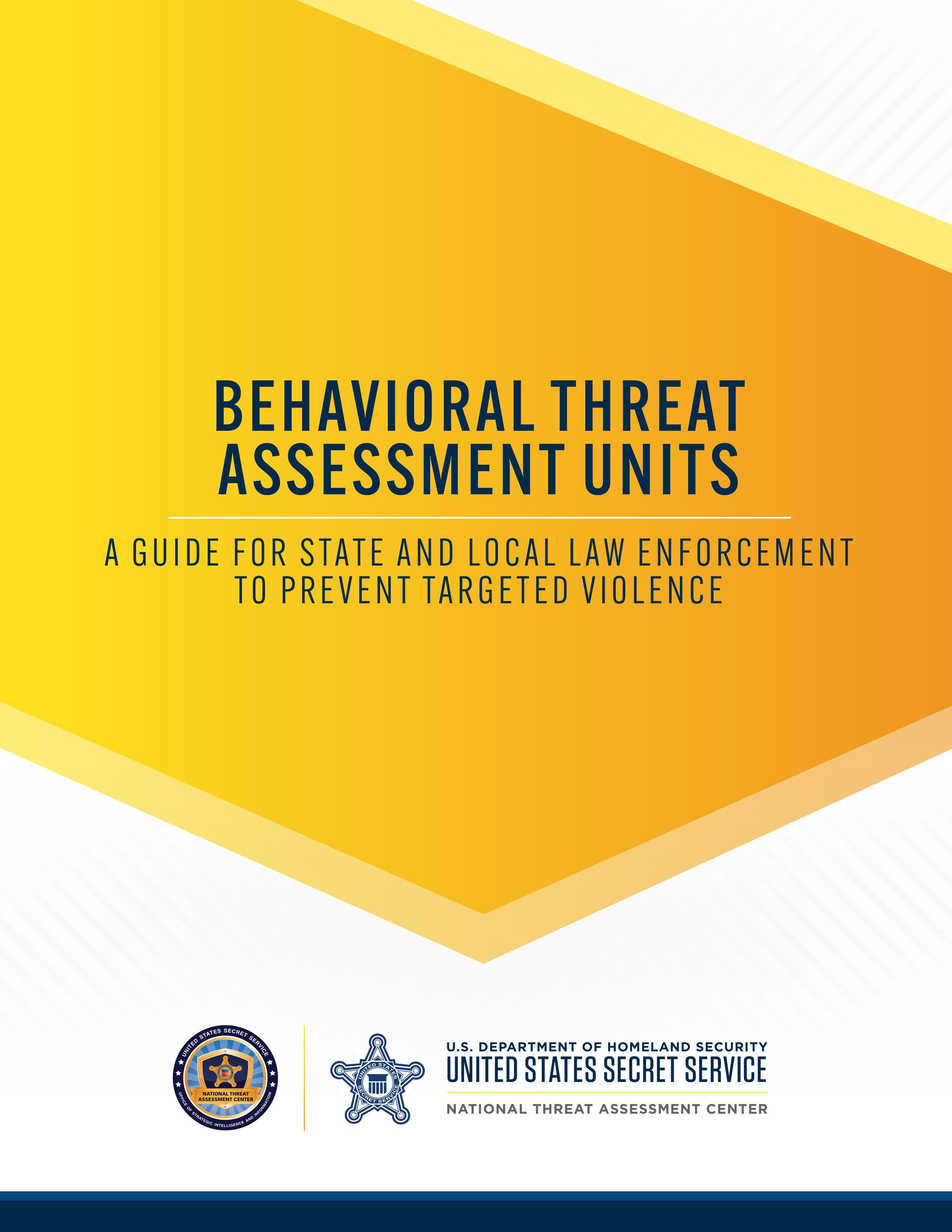By Eirik Jerven Berger
Recent research on privileged drug offenders argues that they are at an advantage compared to marginalized people dealing drugs. The main question asked in this article is whether this is also the case in a more egalitarian country like Norway, and if it influences dealers’ decision-making. Findings reveal that privileged drug dealers believed they were at an advantage when it came to police and customers compared to people with an ethnic minority background or people dealing in open drug markets, but at a disadvantage in relation to violence and robberies. With regards to decision-making, believing they had advantages in encounters with the police informed their decision to be cooperative expecting fair treatment. Believing they were at an advantage with affluent customers in wealthy communities, and at a disadvantage with more street-oriented drug dealers, restricted privileged drug dealers' dealing to affluent low-risk contexts. The advantages and disadvantages privileged drug dealers talk about in interviews arguably reflect real-life drug market inequalities but are also a mechanism shaping decision-making that may reproduce drug market inequality. The study adds knowledge to the nascent literature on affluent drug dealers by introducing a novel case.
European Journal of Criminology 2025, Vol. 22(1) 127–146





















